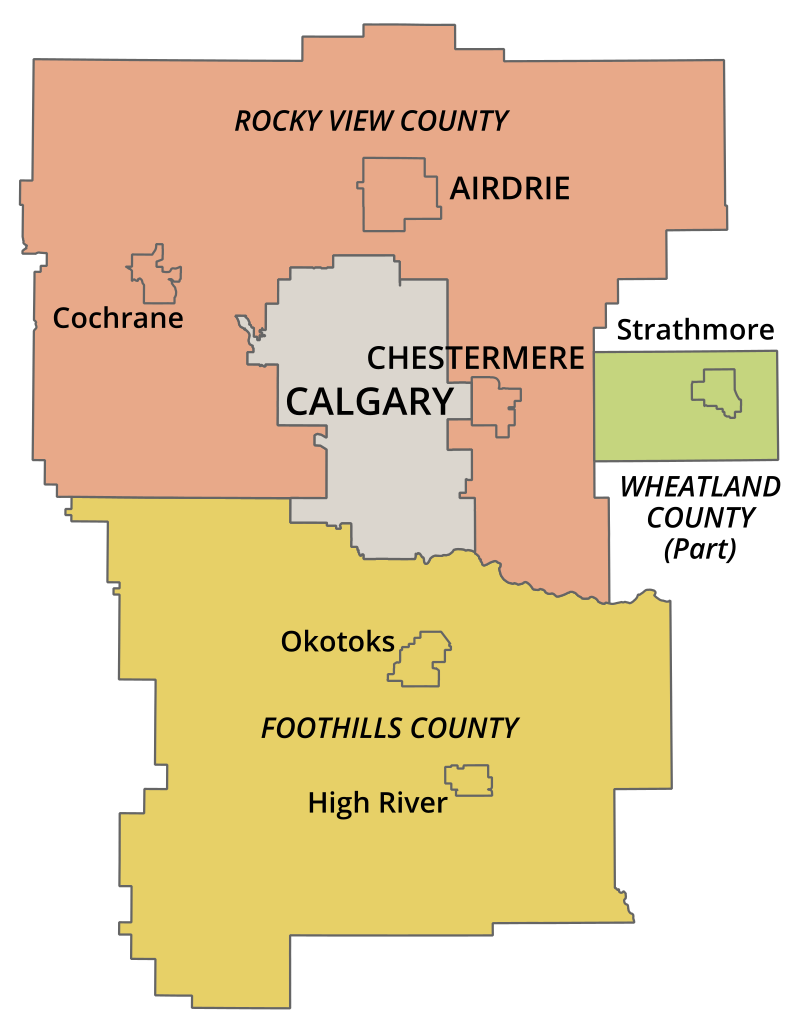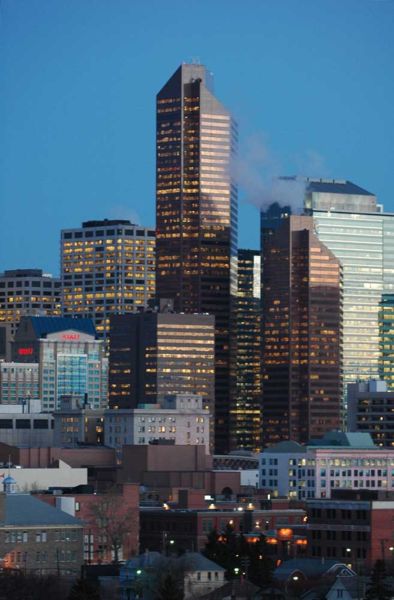What is the population of Calgary?
Find more about Calgary here.
From 506 people in 1884 to 1.5 million or more today, the population of Calgary has grown a lot. Let's take a look at how it happened! There has been rapid recent growth since the last census, so nobody knows for sure. The last one, carried out by the federal government in 2021, reported 1,306,784 within city limits and 1,481,806 in the CMA (a large Canadian urban area and its closely integrated surrounding regions with a core population of at least 100,000.)
The city has not done a count since 2019. We're holding out for updates.
What is the city's population? Do we have a useful interpretation for the numbers representing this changing total. We used to have a civic Calgary census every year. The figures would compare with the Statistics Canada population counts, which occur once every five years. In more recent years, annual numbers have been collected and provided by the Provincial Government.
Population trends, key events, and factors
In 1980, the city had about 560 thousand people and in 2008, about 1,043 thousand, the third largest in Canada. From these two data points, we get an average of around 2.2% increase per year, with some variation depending on the method of calculation.
More recently, let's look at 2001 with 903,916 (according to the provincial statistics this time) and compare with 1,562,600 (2024). This gives a ratio of 1.729 and an average annualized (geometric) increase of just over 2.4%.
Another source of variations is changes in the rate of growth in the recent Calgary booming economy. For instance in the years immediately following the crash after the 1970s oil boom, the population actually declined a little.
The city lost a net 3000 people between 1982 and 1984, as newly unemployed people "got the hell outta here". At other times in those decades, we saw well over 20,000 flock to the city in a single year.
And that is in addition to the seven to nine thousand net population increase owing to births. Not bad for our little spot on the map.
A handy way of making this kind estimate is the rule of 72, where you divide 72 by the percentage rate to get the number of years it would take at that rate to double the population in this example.
Here is a quick look at the the population of Calgary since 1884 when Calgary had 506 people, 4000 by 1900, 11967 in 1906, booming to 43704 in 1911, doubling after another 30 years and making 100000 around 1947. It progressed to 200000 before the 1960 census, 400000 sometime in 1970, 560618 in 1980, 625143 in 1985, 692885 in 1990, 749073 in 1995, 860749 in 2000, and 956078 in 2005. We made it to a million shortly before the 2007 civic census, and over 1,500,000 more recently (2024). See the graph below.
Calgary's population doubles how often?
Using the rule of 72 above, we would get our most recent doubling in the last 30 (72 divided by 2.4) years or so. The population numbers from 1996 (768,082 federal) to 2024 (1,562,600 provincial) approximately confirm that with a doubling in 28 years. Notice the sharp increase at the end of the graph. It's consistent with the slightly-shorter time difference seen in the reported data.
 The area surrounding Calgary
The area surrounding CalgaryExtrapolations are risky. That is where you use current and/or recent data to make future projections. Regardless, predictions were made, several years previously, for the city's population to reach a million near mid-2007. Over this kind of short term, the guess is likely to be quite good. And so it was. Projected rates of growth for future years are lower than those listed above in recent times. Less than 2% by and large.
By the way, the 2021 Federal Census indicates that Calgary now had the city (proper) at 1,306,784 with a CMA (Metro, reasonable commuting distance) of 1,535,808. The province estimated the population in the Calgary Metropolitan Region, roughly as shown on the right (and provided by Wikipedia), to be 1,828,401 in 2024
Incidental growth in the population of Calgary
Another pivotal point in changing the Calgary population was the hosting of the 1988 winter olympics. We saw a great change in civic infrastructure preceeding these games, and with it a steadier influx after that event.
As mentioned, the 1980s were quite lacklustre, and so was the early part of the 1990s.
Many Canadian centres saw sharply increasing unemployment and out-migration.
Calgary did too, but with relatively little loss. Only once since the depression, as noted above. And most of those years saw increasing population gains until we once again described it as a population of Calgary boom by the end of the century.
Where to
have fun in Calgary meet people and such? Try one of these places.
Search this site for more information now:
Or go back from Population of Calgary to the Calgary Houses for Sale web page.




